304 vs 430 Stainless Steel: A Comparative Guide
 Jul 05,2023
Jul 05,2023

Maybe you know a lot about stainless steel, but you're having trouble deciding which to employ for your project. Simply said, everyone wants high-quality materials that will endure for their project. Stainless steel is widely regarded as a high-quality material, and the properties of alloy materials depend on their composition.
China Tuofa goes through ss 430 vs 304, understanding the advantages and disadvantages of these two grades of stainless steel will make it easy for you to choose the most suitable material for your project. 304 and 430 can be perfectly applied for custom parts, stainless steel plates, stainless steel tubes and food grade products.
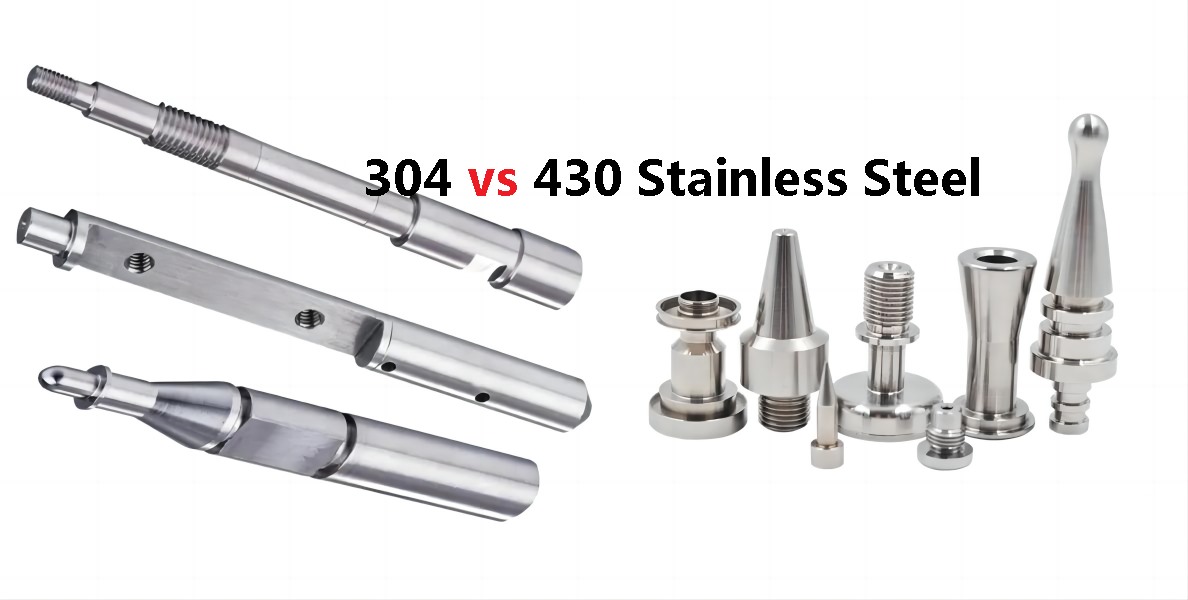
What is 304 Stainless Steels?
304 stainless steel has austenitic phase. The composition of the material includes a higher concentration of chromium and nickel, while the amount of iron is comparatively lower. It has better resistance to corrosion. This specification works in acidic and basic environments. It is also nonmagnetic. The most suitable application of this grade is kitchen appliances. The material may not be suitable for applications requiring high temperature resistance due to its lower thermal conductivity compared to ferritic materials. This grade good performance because of extraordinary properties. It finds widespread application in cookware, kitchen appliances and building materials like railings and decking. 304 has brushed finish. It is one of the demanded stainless steel grades
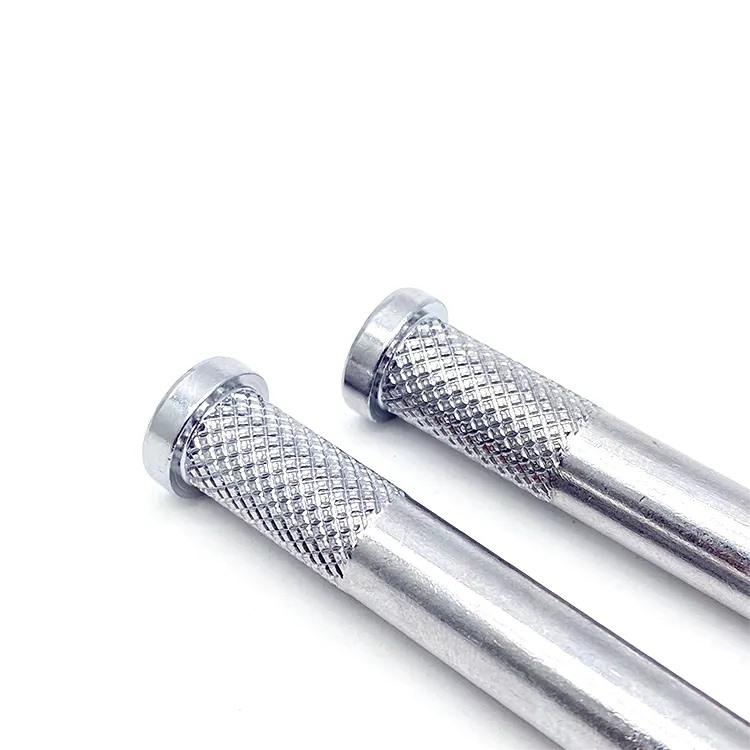
Does 304 stainless steel rust?
No, stainless steel 304 is rust free. This performance is because of its composition with chromium and nickel. These provide a corrosion-free layer over the surface of metal. But in some cases, it can rust. Then is when something is subjected to environmental factors such as salt water or high levels of humidity. On the surface of the metal, corrosion appears as spots and, if it is not treated, may advance to pitting or rust if it is allowed to continue.
Is 304 stainless steel magnetic?
No, 304 stainless steel is not magnetic alloy. There are many reasons behind the magnetism of any material. A material can be magnetic due to its crystal structure, composition, and the type of steel grade. Crystal structure has a relation with composition. The presence of elements like nickel, carbon, manganese, and less iron, which are nonmagnetic, as in the case in 304 steels, creates a nonmagnetic material.
What is 430 Stainless Steels?
Grade 430 has ferrites or iron in its structure and possesses low Cr amount as compared to grade 304. And therefore, it has low corrosion resistance. But it does have some specific features that make it useful in certain situations. The magnetism is present in 430 stainless steel. It is because of the presence of iron. It's pretty interesting, right? So basically, what this means is that they can adhere to magnets more easily compared to other grades. This can come in handy in certain situations, like kitchen appliances. It has higher thermal conductance than 304. You can also use it in applications like furnace burner or heat exchanger. 430 grades have bright annealed finish. 430 stainless steel composition holds many features which is suitable for many applications.
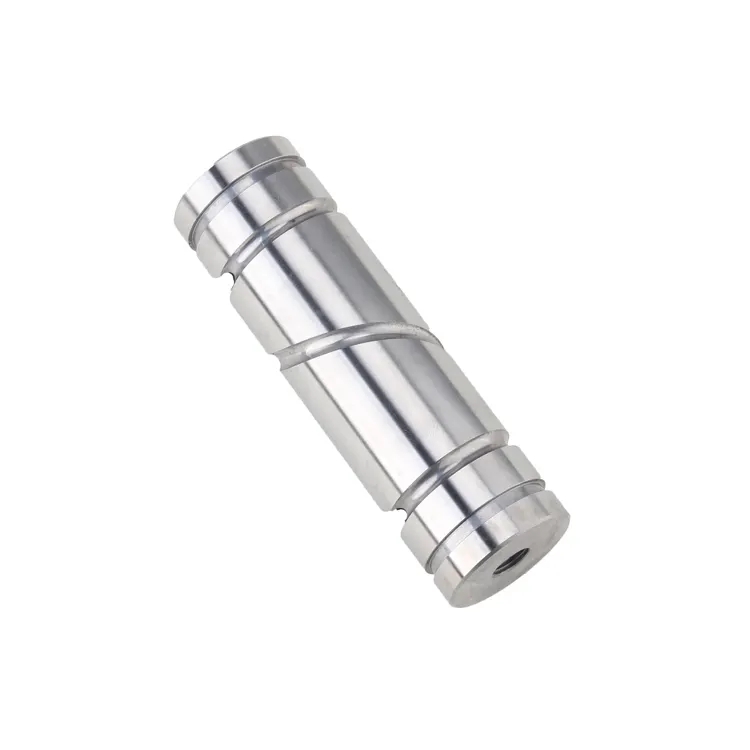
Does 430 stainless steel rust?
No, 430 is less likely to rust. But 304 possesses a better rust-free nature than the 430 grade because of the presence of chromium in its main constituents. Oxidation from atmospheric pollutants will eventually ruin 430 stainless steels. 430 stainless steels can also corrode when it is present in environment with high acidic amount for an extended period.
Is 430 stainless steel magnetic?
Yes, grade 430 is magnetic. This stainless steel specifications contains magnetism. The possibility that the alloy will exhibit magnetic characteristics is increased when it contains components like Cr, Mo and Si. You can also observe this at room temperature. The second explanation has to do with the microstructure of the alloy. This is related to the composition of an alloy as a whole. Steels that include ferritic structures such as grade 430, have a tendency to display magnetism at room temperature.
Difference Between 304 and 316 Stainless Steels
304 and 430 are demanded stainless steel grades. They have many differences. The stainless steel performance are based on their compositions, microstructures, and properties. These stainless steel specifications are explained separately to make you understand the basic difference between them.
YouTube video link: https://www.youtube.com/watch?v=YOQ7pZ7IBmI
Chemical composition
430 grades have iron in the form of ferrites. 430 stainless steel composition is different. It contains chromium. It also has nickel, silicon, manganese, phosphorus, and sulfur. Therefore, this is a chromium alloy material. In comparison, 304 grade has many alloy metals but the chromium content is same in both grades. The fact that Grade 304 includes 8% nickel, which boosts its performance in a variety of different ways, is the primary reason for its superiority.
Corrosion resistance
304 grades have better resistance to rust. I bet you're wondering why on earth it is. 430 is chromium alloy. And this is why it is a highly corrosion resistant material. But 304 contains nickel along with chromium. When these metals are reacted, they made a good material with remarkable properties.
Strength and Durability
Grade 304 has more strength and durability because of the austenitic structure. Ferritic steel has iron. And they are ductile and malleable compared to austenitic steel. As a result, ferritic steels have a lower level of hardness. The austenitic structure has a high carbon content, which contributes to the material's increased strength, durability, yield strength and hardness. 304 grades have greater longevity than 430 grade.
Stamping/Stretching
In 430 grades, stamping and stretching are far less difficult. However, this steel is susceptible to galling, a process characterized by wear and material adhesion. The 430 materials stamp quite well. It has bright annealed finish. Conversely the stamping of 304 grade needs very sharp cutting tools and enough lubrication due to the metal's extreme hardness. This steel has brushed finish. The stainless steel performance depends on its specifications.
Mechanical properties
The mechanical properties of 304 is better than 430 regarding the strength and hardness. The table below further shows the difference between their mechanical properties.
|
Mechanical Properties |
304 stainless steel |
430 stainless steel |
|
Ultimate tensile strength |
515MPa |
345MPa |
|
Elongation at break |
40% |
25% |
|
Hardness |
92 |
85 |
|
Yield strength |
200GPa |
200GPa |
Appearance and Finish
430 and 304 can be differentiated appearance vise. This is due to different chromium proportions. 304 alloy gives matte finish due to less chromium. 304 has brushed finish. 430 on the other hand, has a shiny surface due to high chromium amount. 430 has a bright annealed finish.
What is 430 and 304 stainless steels used for?
304 stainless steels are used as kitchen material. Because it is rust-free and corrosion resistant. It's also a safe steel for consuming meals with and a food-grade steel. These are the high-wear-resistance steels that may also be utilized for cooking. 430 grades normally having elevated temperatures applications. Chimney lining, industrial roofing, and wall cladding are just some of the many uses for this versatile material. It's also useful as a piece of utensil or cookware.
Relative cost
430 stainless steel is less costly grade. This is because Nickle is costly. And chromium is a more affordable metal. Therefore, 430 grade applications are in demand of corrosion resistance specifications.
304 vs 430 stainless steel Chart
|
Properties |
304 stainless steel |
430 stainless steel |
|
Crystal structure |
Austenitic |
Ferritic |
|
Corrosion resistance |
High |
Good |
|
Magnetic properties |
Nonmagnetic |
Magnetic |
|
Yield Strength |
High |
Good |
|
Machinability |
Difficult |
Easy |
|
Mechanical properties |
High |
Good |
|
Appearance |
matte |
Shiny |
|
price |
expensive |
cheap |
Which is Better 430 or 304 Stainless Steel?
Grades 430 and 304, both have a high rust-free nature. 304 grade gives higher corrosion resistance, greater longevity and high yield strength. 430 grade is going to cost you a lot less money than 304 grade would, but when looking at both of those factors, 304 grade is going to come out on top as the better option. 304 grades have greater longevity than 430 grade. 430 grades have bright annealed finish. While 304 has brushed finish.
304 vs 430 stainless steel food grade
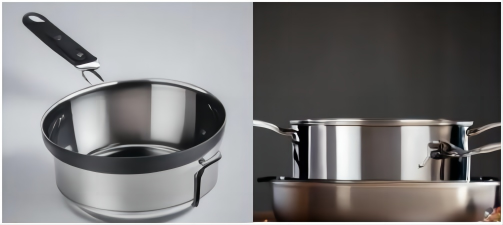
304 is less costly grade. Because it does not have a nickel. Both of these grades work well on grills and barbecue. Both are resistant to corrosion and make them suitable for use in food preparation. However, the 430 grades can be corroded in acidic conditions when present for a long time. The 304 grades, on the other hand, are completely suitable for use in the kitchen, the fridge, and the dining room. As a result, 304 is the superior choice for food-grade.
What type of stainless steel is magnetic?
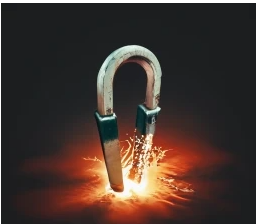
Stainless steels are magnetic that have ferritic structure. It has more iron in its structure which easily adheres to magnetic field in the presence of magnet. For steel grades 304 and 430, 430 is magnetic. 430 has no nickel and up to 18% chromium. 304 shows non magnetism due to presence of carbon, manganese, nickel, and chromium in it.
What are the advantages and disadvantages of 430 stainless steel?
430 has a good resistant to corrosion. It is also hypoallergenic. It can withstand extreme conditions and acids quite well. They are safer for applications in medical and food industries. 430 stainless steel composition holds many features which is suitable for many applications.
The absence of nickel in 430 grade and susceptibility to corrosion under prolonged exposure are two of the material's drawbacks. It's not quite as strong or greater longevity material as 304 grades is.
Why Choose Tuofa for Custom stainless steel parts
304 is austenitic stainless steel grade and 403 has ferritic structure. There is a lack of magnetism in 304 grades while 403 shows magnetic properties.430 and 304 both are durable, corrosion resistant and have higher yield strengths. When compared to 430, 304 offers superior corrosion resistance. It also has greater longevity. The price of 430 grade is much lower than that of 304 grades, however when comparing the two, 304 grade is the superior choice. 430 grades have bright annealed finish. While 304 has brushed finish. The stainless steel performance depends on its specifications.
If you are looking for a reliable source for your stainless steel alloys parts, Tuofa offers great services of machined CNC stainless steel parts, sheet metal stamping components, 3D printing stainless steel parts and other customized processing services of stainless steel grade. Tuofa established in 2006 specializes in many CNC machining services possess high precision CNC turning and CNC milling machines. Tuofa also offers surface treatments like anodizing, sandblasting, and electroplating for stainless steel parts with high precision machines.
FAQs
Is 430 stainless steel good for outdoors?
Yes, Stainless steel 430 is good for outdoor. It does not corrode in sightly corrosive and atmospheric conditions. As corrosion is more important than strength in this condition, therefore, it is a suitable choice for outdoors. 430 grades have bright annealed finish. While 304 has brushed finish.
Is 304 stainless steel good quality?
Yes, 304 are good quality stainless steel alloys. This stainless-steel performance is because of chromium and nickel in its composition. To prevent corrosion, it is the material of choice. 304 grades have greater longevity than 430 grade. The stainless steel performance depends on its specifications.
430 brushed stainless-steel vs 304
304 brushed stainless steel has better properties. This is due to high corrosion resistance.it is also a good food-grade material. The improved properties are due to the presence of nickel in composition. 430 grades have bright annealed finish. While 304 has brushed finish.
 Tel/WeChat:
Tel/WeChat:  Email:
Email: 
 Home
Home
 Is Stainless Steel Conductive?
Is Stainless Steel Conductive? 







